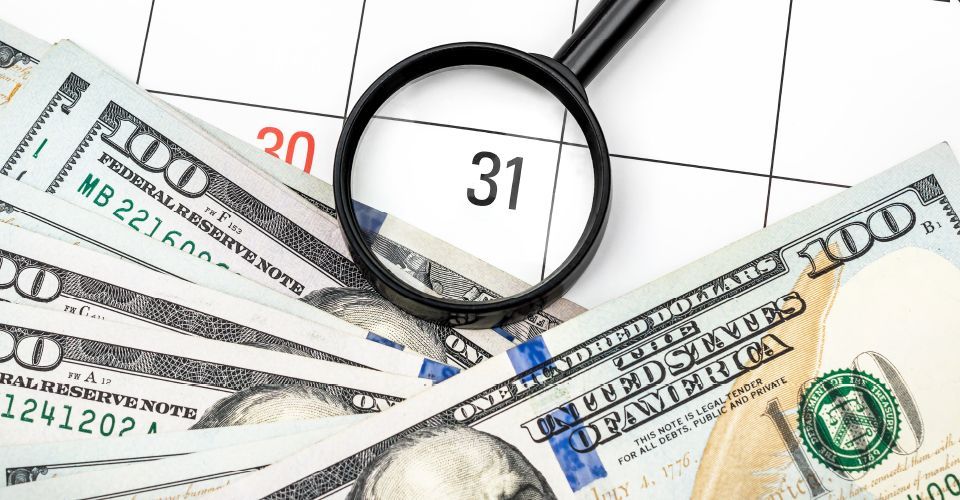Tax Season: Roth Vs Traditional Investment Accounts

Many of my clients and prospects ask me if they should choose a Roth TSP or the Traditional TSP. The response is always “It depends on a multitude of factors”.
Time to Retirement
One factor for them to consider is how long will it be until they retire. If they are a year or two away, I would ask how much money they really have a chance to accumulate in that time. In order to qualify for the best feature of the Roth (which is 100% of the withdrawals coming out tax-free), the account needs to be open for at least five years before they can make a withdrawal, and they also need to be 59 ½ or older. If someone doesn’t have the time to grow the Roth account for at least five years, they will not be able to take the gains out tax-free.
Taxes Then or Taxes Now?
The other big factor with the Roth is the funds are taken from the paycheck with after-tax dollars. This is what allows all gains and contributions to come out tax-free once the account is open for five years and the client is 59 ½ and older. This also means that the Roth contributions do not reduce the taxable income. If a client needs reduced taxable income, then the Roth might not be the way to go.
Required Minimum Distributions (RMDs)
In most instances, the Roth is a sound part of a client's retirement income plan. It will give the client a tax-free withdrawal account to accompany the tax-deferred accounts and the taxable accounts most people have. This will allow them to have choices in the future about which accounts to access to make the most of their tax situation. Once they reach their RMD age (73) they have no choice but to take funds from their Traditional TSP. The Roth TSP will not require RMDs to be taken by the client in their lifetime.
A Useful Example
The best example when explaining the Roth vs. Traditional IRA /TSP is this one: Imagine you were a farmer who was going to plant your crops at a cost of $10,000. The government says you may choose to pay tax now. 30% of $10,000 = $3,000 now, or you can defer the taxes and pay them on all the money that you get from the harvested crops later. Upon harvest, you sell your crops for $100,000 and now owe 30% on $100,000 = $30,000 from those proceeds. So you pay tax on the amount invested plus all the gains. $3000 upfront or $30,000 upon harvest. In the case of your Roth vs Traditional, this choice comes with the withdrawal of funds. So if you want to reduce your exposure to a heavy tax liability in the future, it makes tremendous sense to open and fund a Roth account to complement your overall retirement portfolio.
IRA vs TSP
One other great advantage of opening a Roth TSP account is you might not qualify to open a Roth IRA because your income might be too high. There are no income limits if done through your employer plan. In a regular Roth, if you have a $153,000 modified adjusted gross income or higher, you don't qualify. The limit is $228,000 for married people filing jointly. Also, the maximum contribution amount in a Roth IRA is $6500 for people under 50, and $7500 for people 50 or older. The maximum contribution amount in a Roth TSP is $22,500. This amount is much more than the other two limits. The Government will also match your Roth contributions up to 5%, putting their match into the Traditional TSP account.
Conclusion
In closing the Roth is a tremendous vehicle for a client's retirement income plan. That being said, if they want the write-offs of the traditional TSP, then a combination of both is a good option.
For More Information
Every Federal retiree is unique, with their own goals and financial needs. To find what’s best for you, have a dialogue with a
retirement coach. Happy Investing.
More Featured Articles









